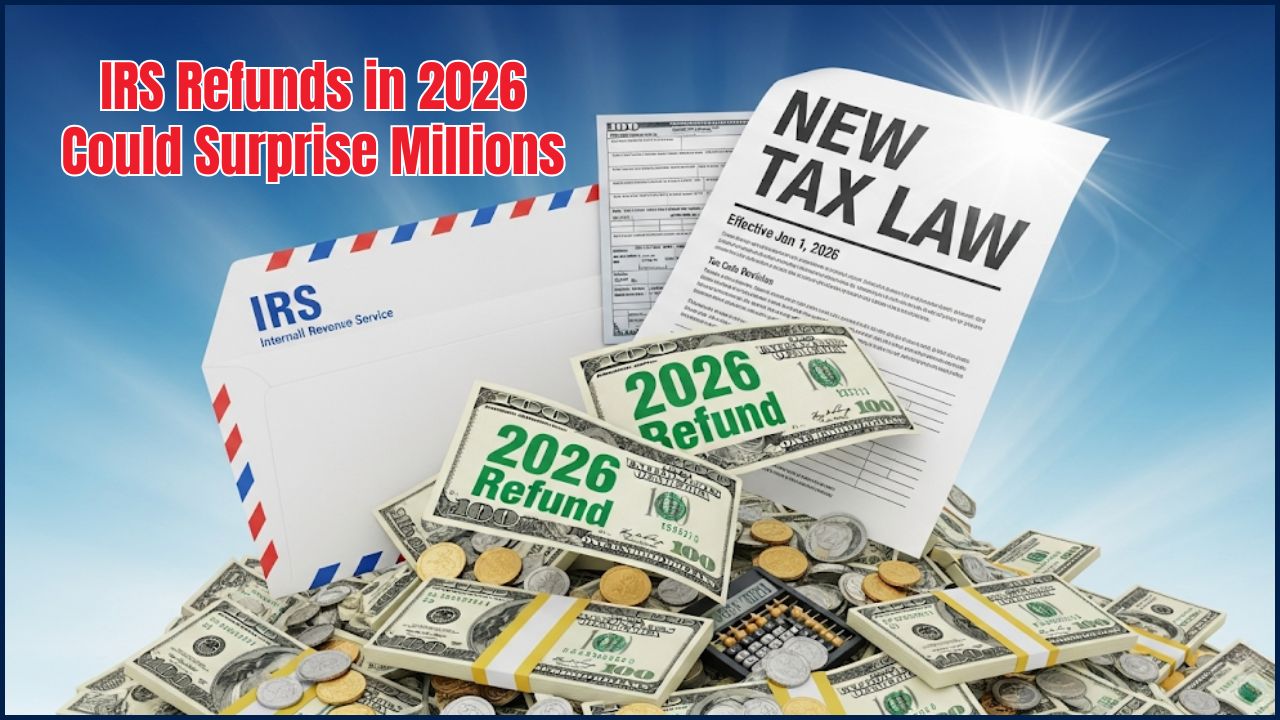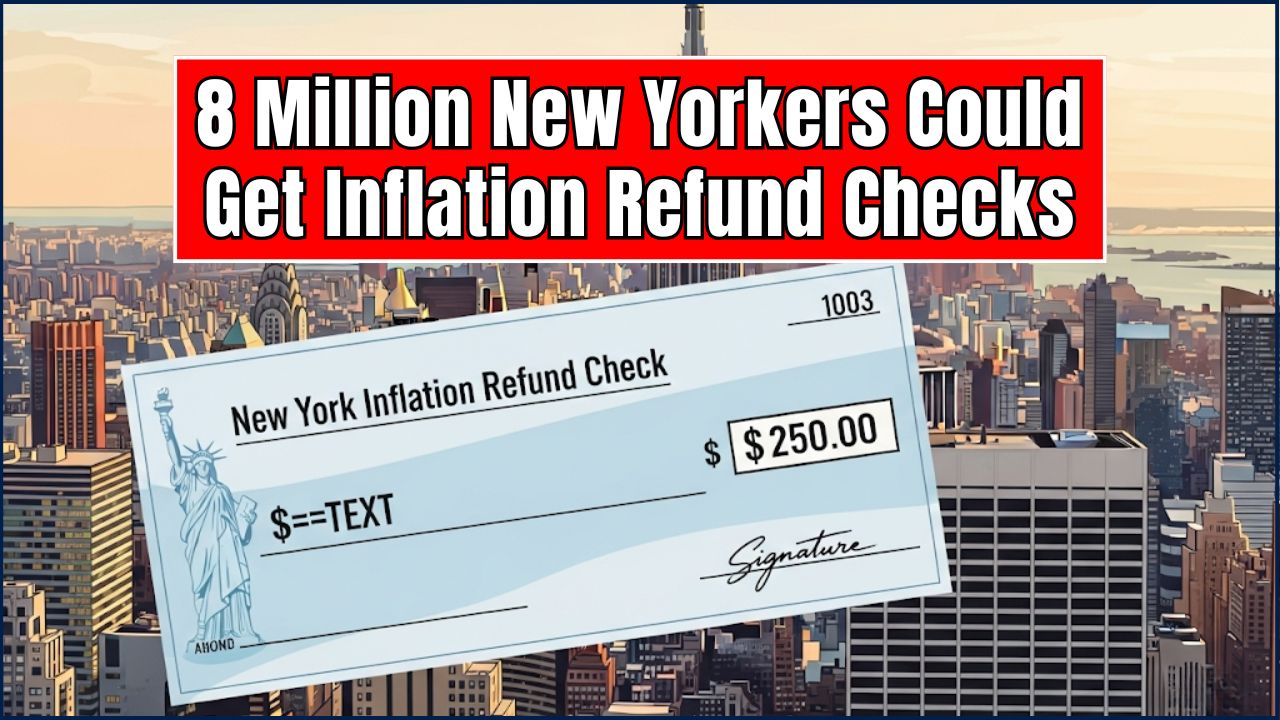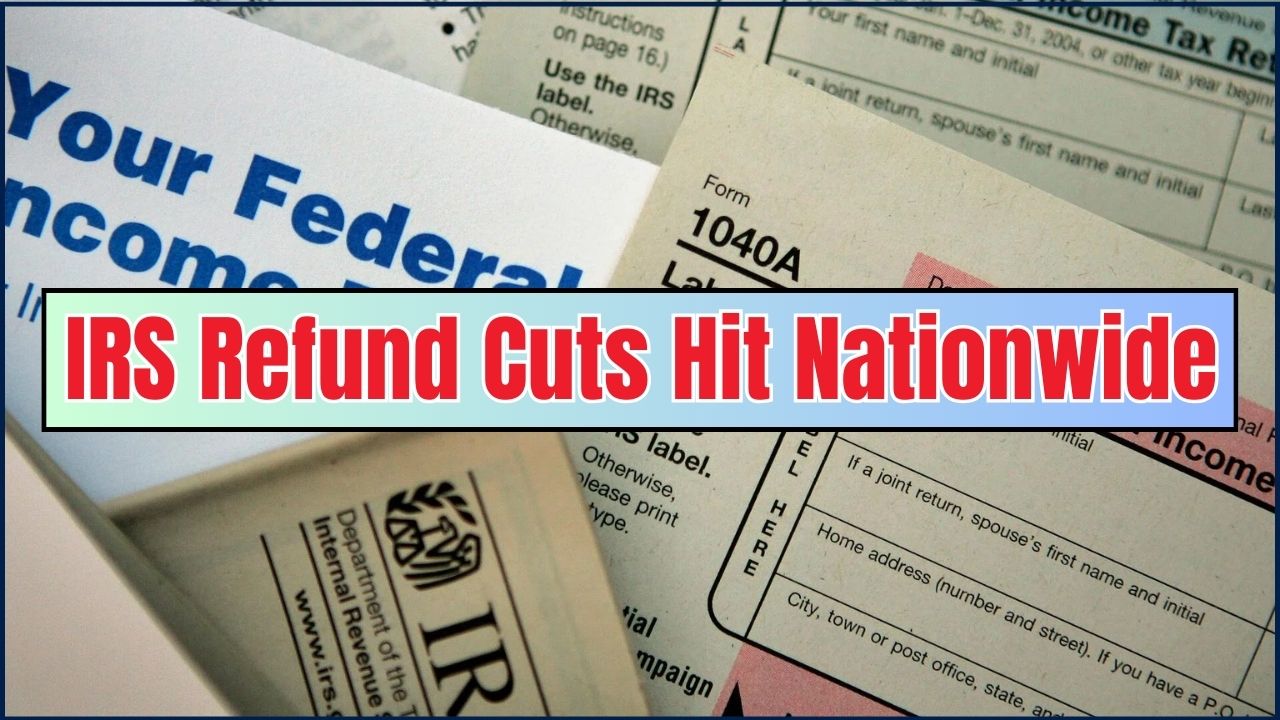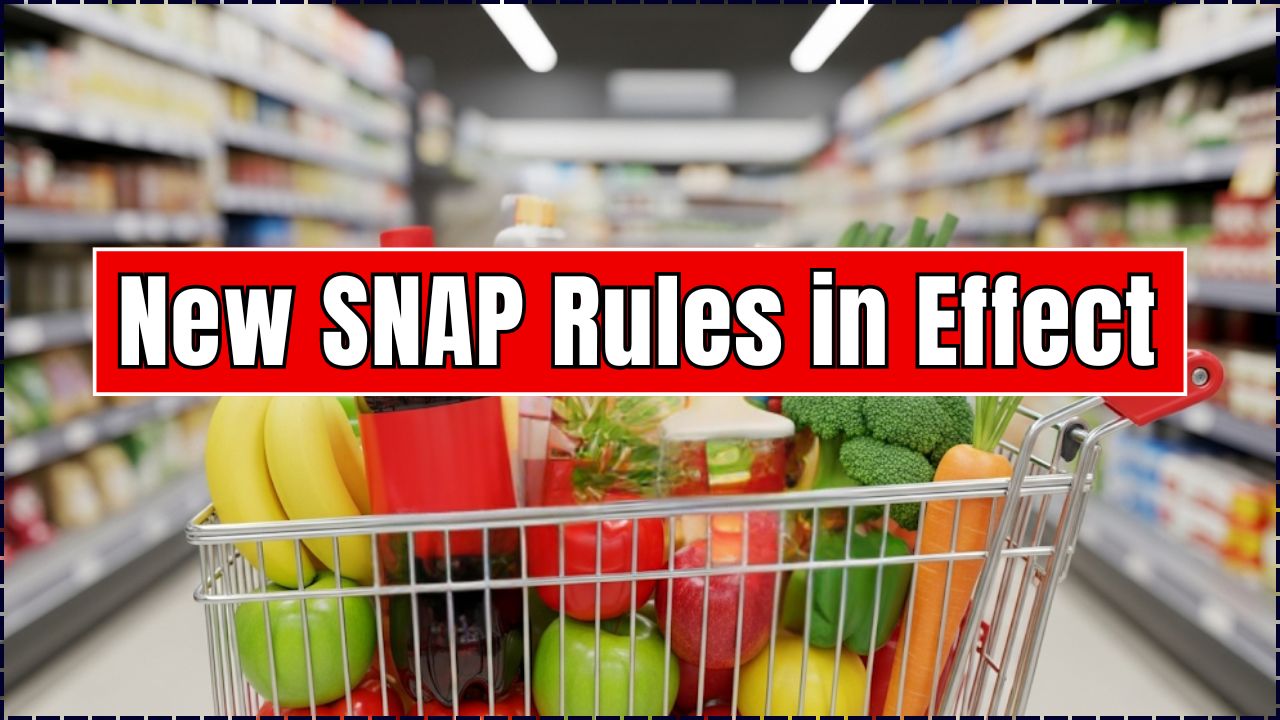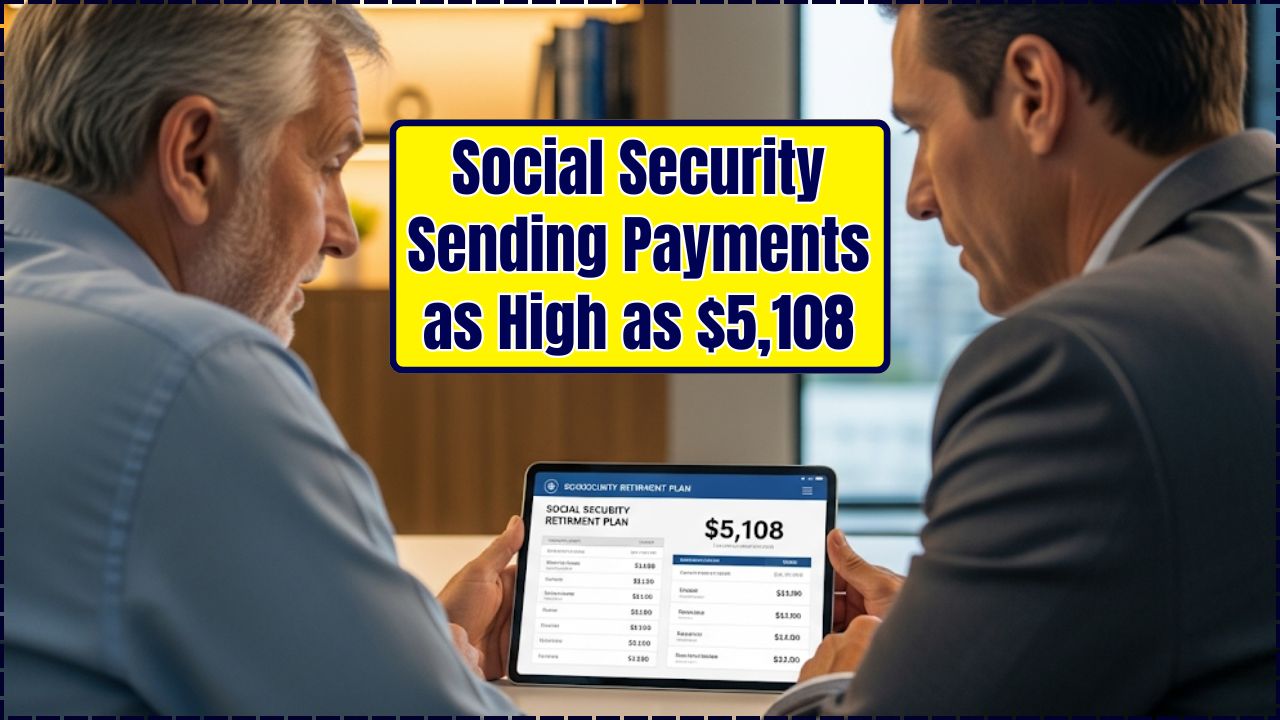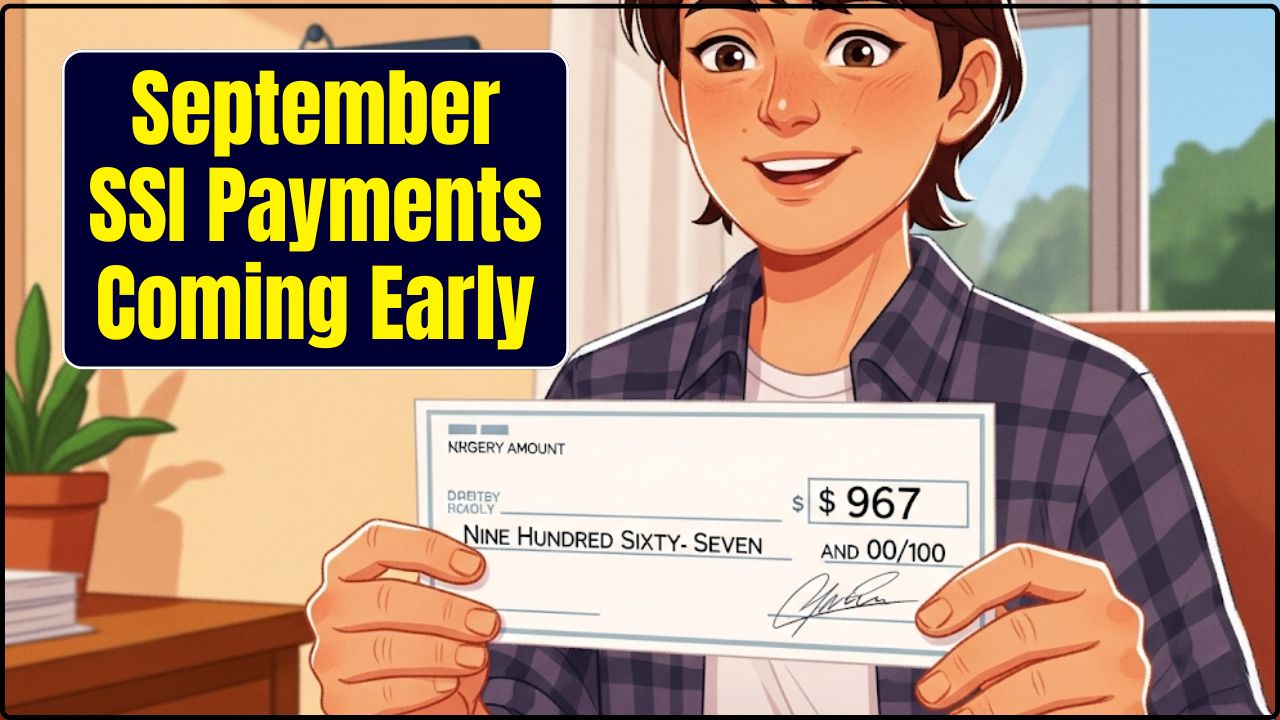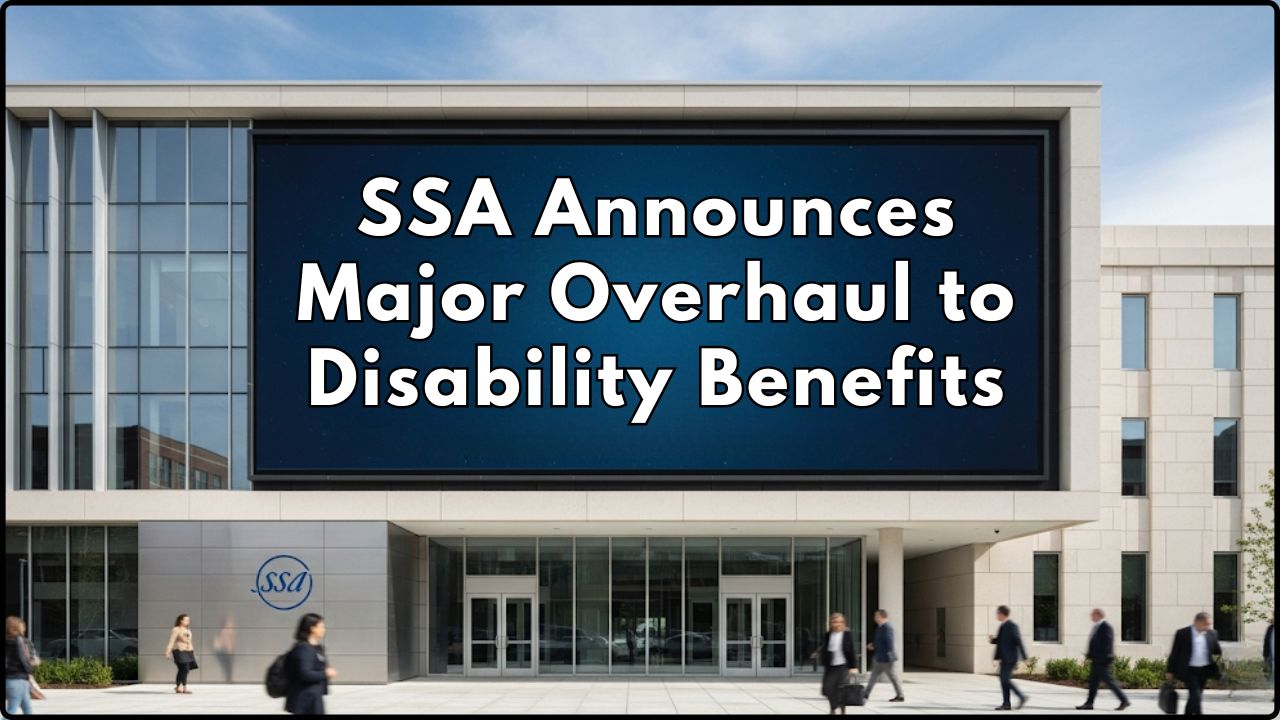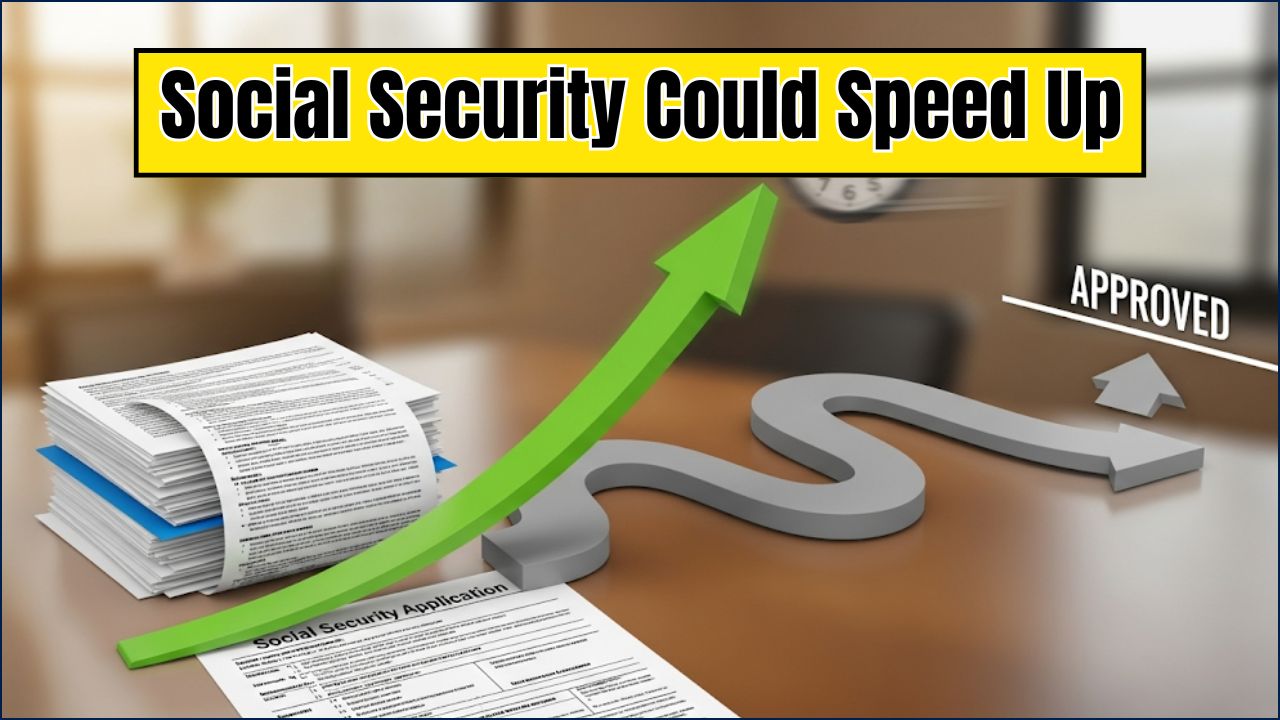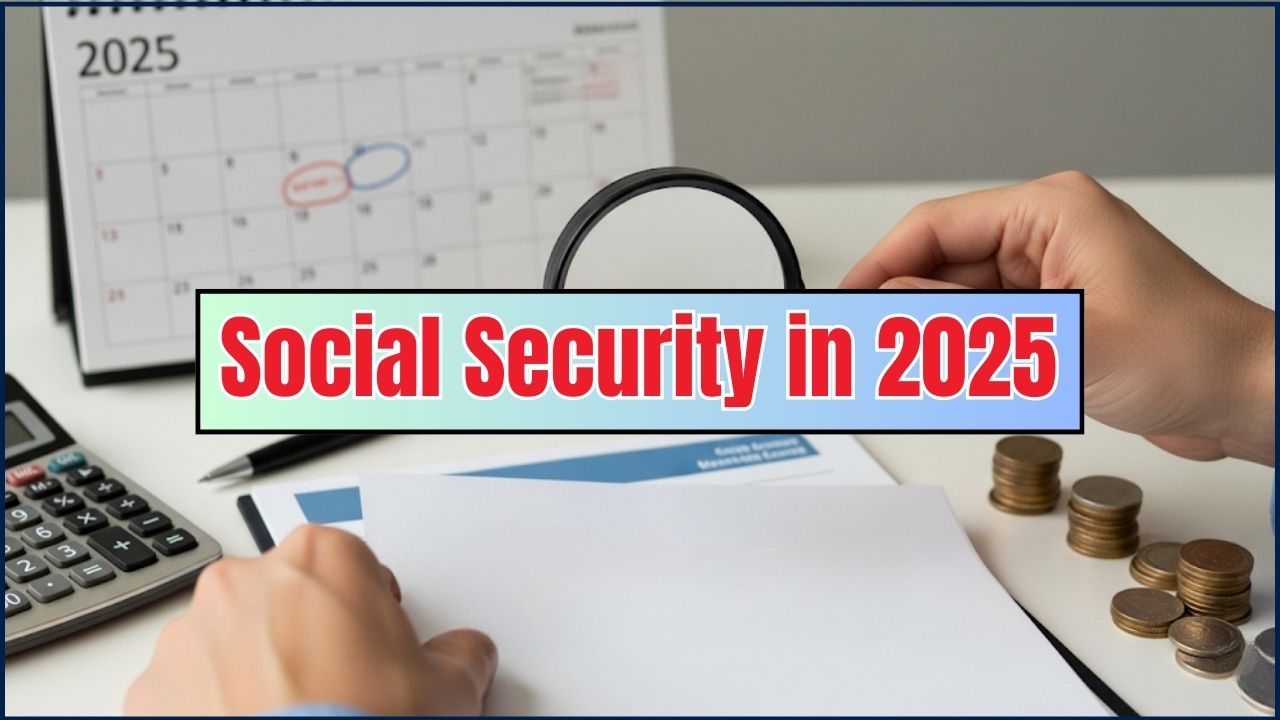If you live in Texas and use SNAP benefits (a.k.a. food stamps), big changes are coming your way. Starting April 1, 2026, you won’t be able to use your Lone Star Card to buy most sodas, sweetened drinks, or candy. Yep — those checkout aisle impulse grabs? Gone from the SNAP list.
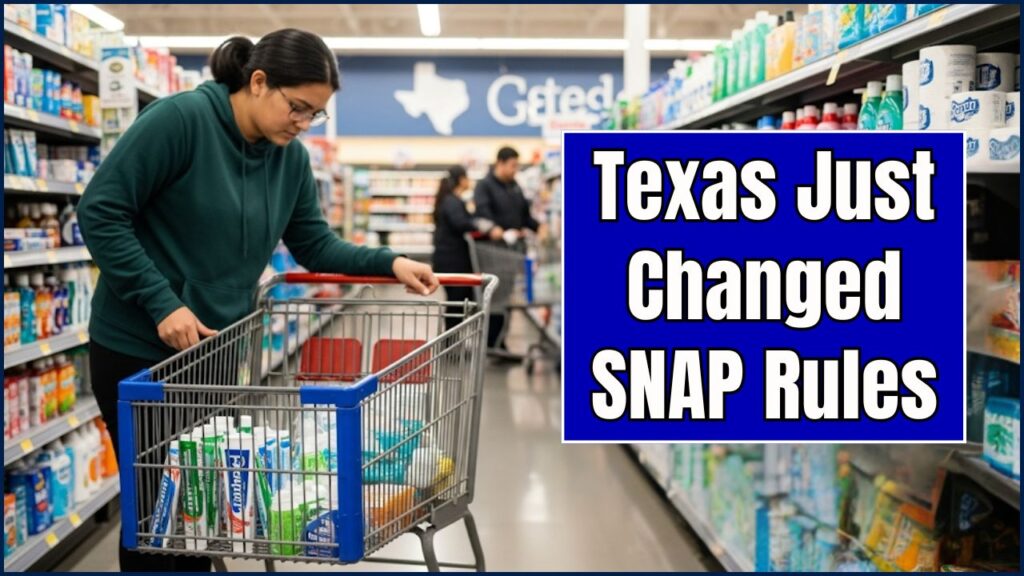
This shift comes after the U.S. Department of Agriculture (USDA) approved a Texas request to restrict purchases of certain low-nutrition foods. The goal? Encourage healthier eating and chip away at chronic health problems tied to diet. Whether you’re a SNAP user, a retailer, or just curious, here’s the deep dive.
Texas Just Changed SNAP Rules
| Detail | Information |
|---|---|
| Start Date | April 1, 2026 |
| Items Banned from SNAP | Sweetened drinks (≥5g added sugar or any artificial sweetener), candy |
| Exceptions | Milk, plant-based milk, ≥50% juice drinks, cooking-only sweets like sprinkles |
| Program Duration | 2-year pilot (April 2026 – March 2028) |
| Why This Change? | Promote healthy eating & reduce chronic disease costs |
| Official Source | USDA SNAP Waiver Approval |
The Texas SNAP rule change is a big step toward linking nutrition policy with public health. While it will require adjustments for both shoppers and retailers, the goal is clear: less sugar, better health, and potentially lower healthcare costs. Whether you see it as a nudge or an overstep, it’s a change that could shape the future of SNAP nationwide.
Why Did Texas Change SNAP Rules?
In August 2025, Governor Greg Abbott announced that Texas had secured USDA approval to launch one of the largest SNAP restriction pilots in the nation. It’s part of the “Make America Healthy Again” initiative, aimed at reducing sugar intake and improving long-term health outcomes.
This is no small concern. According to the CDC, 34.2% of Texas adults are obese, and diet-related illnesses like Type 2 diabetes cost the state billions in healthcare every year. USDA data shows sugar-sweetened beverages alone make up about 9% of all SNAP food purchases.
What’s Off the Table? (Literally)
1. Sweetened Drinks
- Banned: Any non-alcoholic beverage made with water containing 5 grams or more of added sugar or any artificial sweetener.
- Examples: Regular soda, diet soda, sports drinks, sweetened teas, flavored lemonades.
- Exceptions:
- Milk or milk-based drinks (yes, chocolate milk stays)
- Soy, almond, oat, rice, and other plant-based milk
- Juices with ≥50% fruit or vegetable content
2. Candy
- Banned: Candy bars, gum, hard candy, chocolate-coated nuts, and sweetened dried fruit.
- Exceptions: Baking-only products like chocolate chips, cocoa powder, and cake sprinkles.
Historical Context: SNAP in Texas
SNAP (Supplemental Nutrition Assistance Program) has been around since the 1960s, but Texas joined the program in 1975. Over the years, rules have mostly focused on eligibility and benefits amounts, not on restricting specific foods. This pilot marks one of the most significant content-based restrictions in the program’s Texas history.
Economic Impact
This change isn’t just about health — it’s about dollars and cents too.
- According to the USDA Economic Research Service, Texas SNAP households spend an estimated $450 million annually on sugary drinks and candy combined.
- Retailers may see shifts in demand toward juice, milk, bottled water, and whole foods.
- For producers of banned products, this could mean losing a significant share of their market in lower-income communities.
Health Impact Data
Sugar overconsumption is linked to:
- Obesity – 1 in 3 Texas adults is obese.
- Type 2 Diabetes – Nearly 12% of Texas adults have diabetes.
- Heart Disease – Texas ranks among the top 10 states for heart disease mortality.
The state hopes these changes will:
- Reduce daily sugar intake among SNAP participants.
- Lower rates of obesity and related conditions.
- Increase demand for healthier alternatives.
Supporters vs. Critics
Supporters say:
- SNAP funds should support nutritional purchases only.
- Could lead to healthier families and reduced medical costs.
- Data from Minnesota and Maine pilots show reduced soda consumption when bans are in place.
Critics argue:
- It’s paternalistic and treats low-income families differently than others.
- Some worry it will cause embarrassment at checkout.
- Could limit personal choice and cultural food traditions.
How Texas Compares to Other States
Texas is one of six states now testing SNAP purchase restrictions. Others, like Maine and Minnesota, have already experimented with bans on sugary drinks. Results show a 5–8% drop in soda sales among SNAP households — but no significant change in overall calorie consumption without additional nutrition education programs.
Practical Shopping Tips for SNAP Users
- Read Labels Carefully
Check “Added Sugars” on the Nutrition Facts panel. - Choose 100% Juice
Or blends with ≥50% fruit/veg content. - DIY Flavored Water
Use lemon, cucumber, or herbs for natural taste. - Healthy Sweet Fix
Frozen grapes, bananas, or home-baked treats from SNAP-eligible ingredients. - Meal Prep
Saves money and avoids impulse buys.
Step-by-Step Guide: Preparing for the April 2026 Change
Step 1: Visit SNAP’s Eligible Foods List.
Step 2: Make a “Yes” and “No” shopping list.
Step 3: Start testing alternative drinks and snacks now.
Step 4: Ask store staff for help if unsure.
Step 5: Follow Texas HHS SNAP Updates.
Old vs. New SNAP Rules in Texas
This table shows a clear comparison of what you could buy with SNAP benefits before the new policy, and what will be off-limits starting in 2026.
| Item Category | Before April 1, 2026 | After April 1, 2026 |
| Candy | Permitted. All candy, including gum and chocolate bars. | Off-Limits. No candy or other confections. |
| Sweetened Drinks | Permitted. Regular soda, diet soda, and other sugary beverages. | Off-Limits. Drinks with 5+ grams of added sugar or any artificial sweeteners. |
| Prepared Snacks | Permitted. Items like cookies, chips, and some other snacks. | Off-Limits. Many pre-packaged snacks, including chips and cookies. |
| Staple Foods | Permitted. Meat, produce, dairy, bread, and grains. | Still Permitted. No changes to essential food items. |
Voices from the Ground
“I get it — they want us to be healthier — but it’s gonna take some adjusting,” says Maria L., a SNAP user from Houston.
“We’re already planning to switch to juice boxes with no added sugar for my kids,” adds Daniel K., father of two from San Antonio.
Store owner Rick P. notes: “We’ll have to retrain cashiers and update our registers — but we’ll manage.”
Top 3 Mistakes to Avoid
- Don’t Assume All States are the Same: This is a Texas-specific policy change. If you have friends or family in other states, their SNAP rules might be different.
- Don’t Wait to Ask for Help: If you have questions about what you can or can’t buy, ask a store manager or contact the Texas HHSC. Waiting until you’re at the checkout line can be frustrating.
- Don’t Forget the Implementation Date: The new rules don’t start until April 1, 2026. This gives you time to adjust your shopping habits and plan accordingly.
Call to Action
During the two-year pilot, the USDA and Texas HHS will collect feedback. If you’re a SNAP participant, you can share your experience through upcoming surveys. Your voice will help shape future policy.
FAQs
Q1: Can I still buy soda with my own cash?
A: Yes. The restriction is only for purchases made with SNAP benefits.
Q2: Will other states do this?
A: Likely. Several are already testing similar bans.
Q3: What about sugar in foods like cereal?
A: This pilot only applies to drinks and candy.
Q4: Is chocolate milk banned?
A: No — it contains milk, so it’s still eligible.
Q5: How long will this pilot last?
A: April 2026 – March 2028, with possible extensions.
